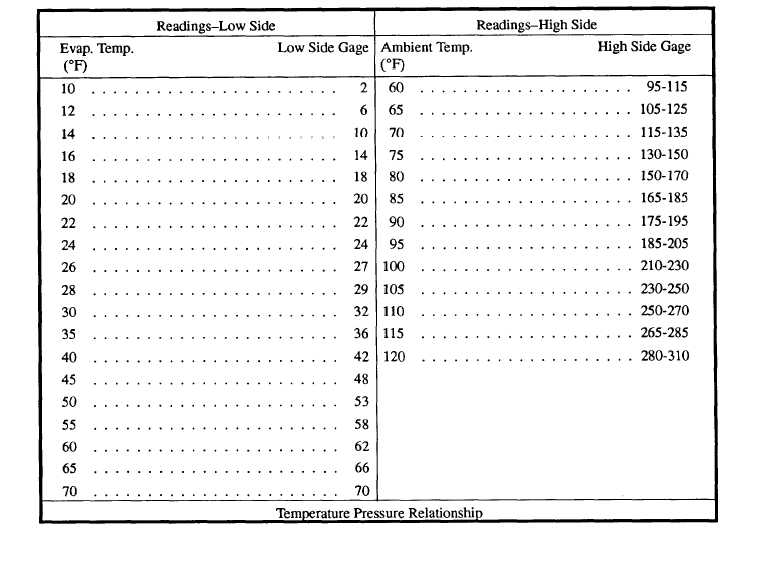Table 13-1. - Temperature pressure relationship

8. Close the low-side manifold valve and the table 13-1. If the vehicle you are working on is refrigerant can valve. equipped with a sight glass(fig. 13-4), the bubbles
9. Continue to stabilize the system, and check for normal refrigerant charge.
FUNCTIONAL TESTING OF THE AIR-CONDITIONING SYSTEM
Functional testing is required to establish the condition of all components in the system. The engine must be running and the air-conditioning system operating when performing this test. After the initial charge of refrigerant is installed into the system, watch the manifold gauge set. Correct pressure should be 15 to 30 psi for the low side and 175 to 195 psi for the high side. Evaluate the reading you receive against the standard chart in should disappear at the correct pressures. Close the low side gauge manifold set hand valve. Check the temperature of the air exiting the cooling duct. It should be close to 40°F with the blower running on low speed. Stop the engine and disconnect the gauge manifold set.
As you probably know, the refrigerant R-12 is no longer considered environmentally safe to use. As R-12 is being phased out, the new refrigerant R-134A is being brought on line, but not without a few problems.
Using anew refrigerant that works under higher pressure means changes in some of the components used with automotive air-conditioning systems. Some of the tools will no longer work with the new
Continue Reading